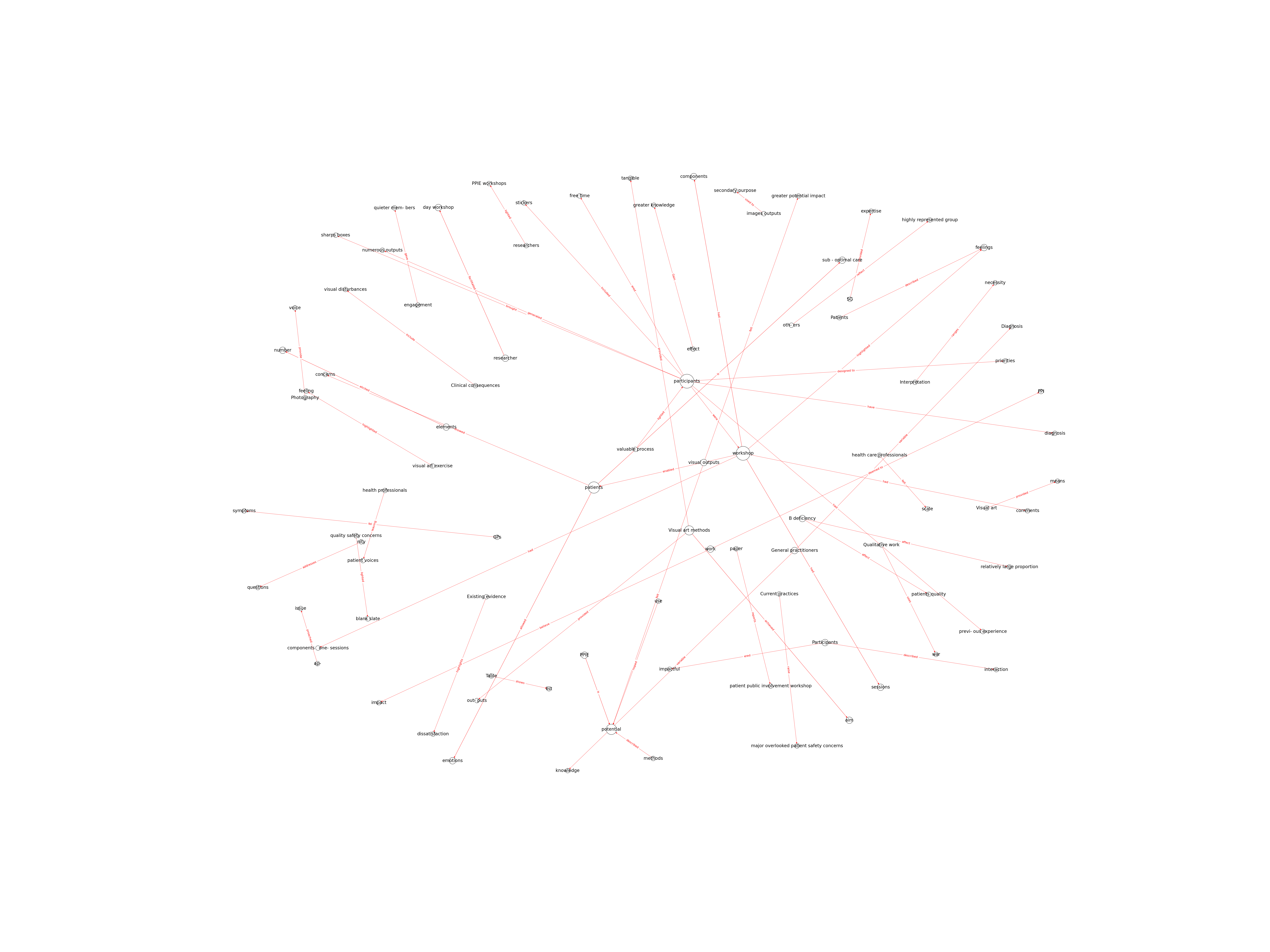| Id | 935 | |
| Author | Tyler N., Giles S., Daker-White G., McManus B.C., Panagioti M. | |
| Title | A patient and public involvement workshop using visual art and priority setting to provide patients with a voice to describe quality and safety concerns: Vitamin B12 deficiency and pernicious anaemia | |
| Reference | Tyler N., Giles S., Daker-White G., McManus B.C., Panagioti M.; A patient and public involvement workshop using visual art and priority setting to provide patients with a voice to describe quality and safety concerns: Vitamin B12 deficiency and pernicious anaemia ;Health Expectations vol: issue: page: |
|
| Keywords | B12 deficiency; patient and public involvement; patient experience; patient safety; pernicious anaemia; PPI; primary care; priority setting; visual art |
|
| Link to article | https://www.scopus.com/inward/record.uri?eid=2-s2.0-85096795845&doi=10.1111%2fhex.13152&partnerID=40&md5=9b9be924dbb548ef978874736a479e7e |
|
| Abstract | Background: Patient and public involvement and engagement (PPIE) is recognized as important for improved quality in health service provision and research. Vitamin B12 deficiency is one area where PPIE has potential to benefit patients, as patients often report sub-optimal care due to diagnostic delay, insufficient treatment and poor relationships with health professionals. Objective: In an effort to engage an understudied patient population in health-care quality and safety discussions, and provide patients with an opportunity to have a voice, contribute to research priorities and express their current quality and safety concerns, we hosted a PPIE workshop. Methods: One researcher (with lived experience) facilitated a one day workshop with 12 patients with varied demographics. The workshop had four components (a) one-to-one sessions with an artist, (b) quality and safety research/education priority setting, (c) comments on research proposals, and (d) development of a PPIE group for future research. Results: All elements of the workshop elicited a number of quality and safety priorities for the group. Priority setting highlighted issues with interpretation of test results, symptom-based treatment, self-medication and relationship with primary care health-care professionals. One of the major safety issues highlighted in the visual art element was feeling ignored, silenced or not listened too by health-care professionals. Discussion: Visual art methods to express experiences of health, and research priority setting tasks achieved the aim of providing patients with an opportunity to have a voice and express concerns about health-care quality and safety issues. The addition of visual art allowed patients to articulate emotions and impacts on everyday life associated with quality and safety. Patient or public contribution: A public contributor was involved in preparation of this manuscript. The event aimed to enable PPIE contribution in future research. © 2020 The Authors. Health Expectations published by John Wiley & Sons Ltd |
|
| Metodology | Technique |

Note: Due to lack of computing power, results have been previously created and saved in database


